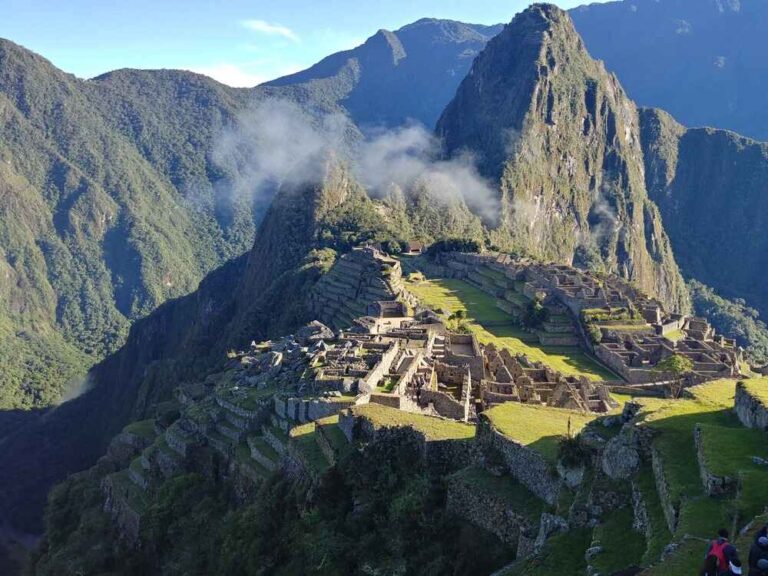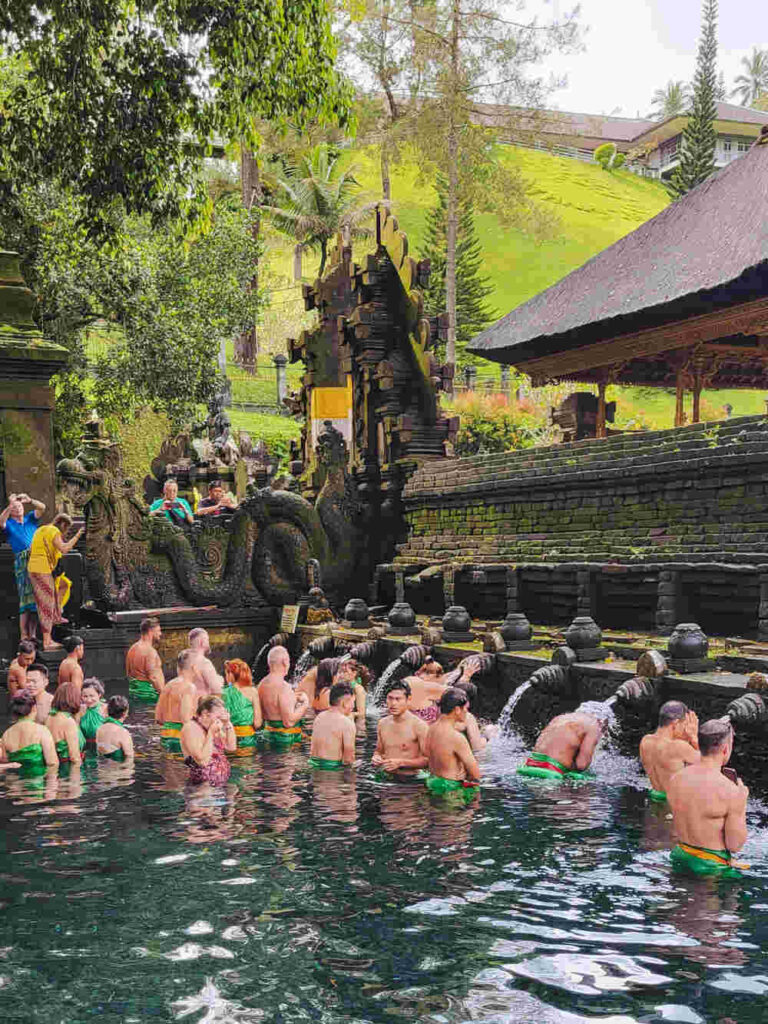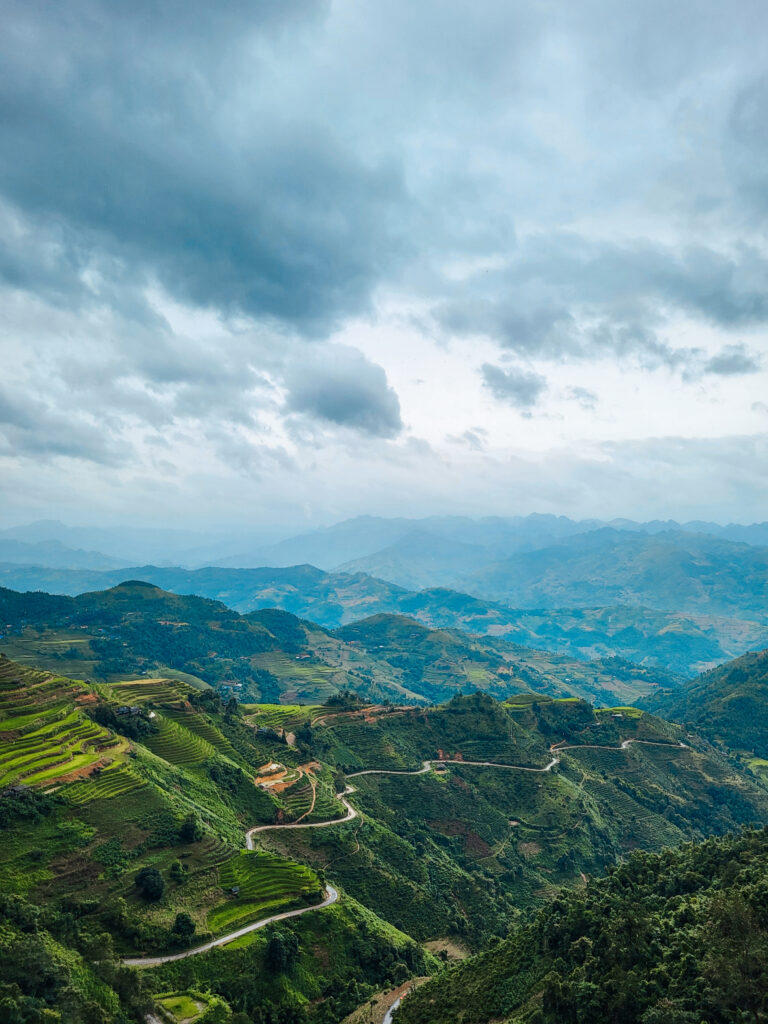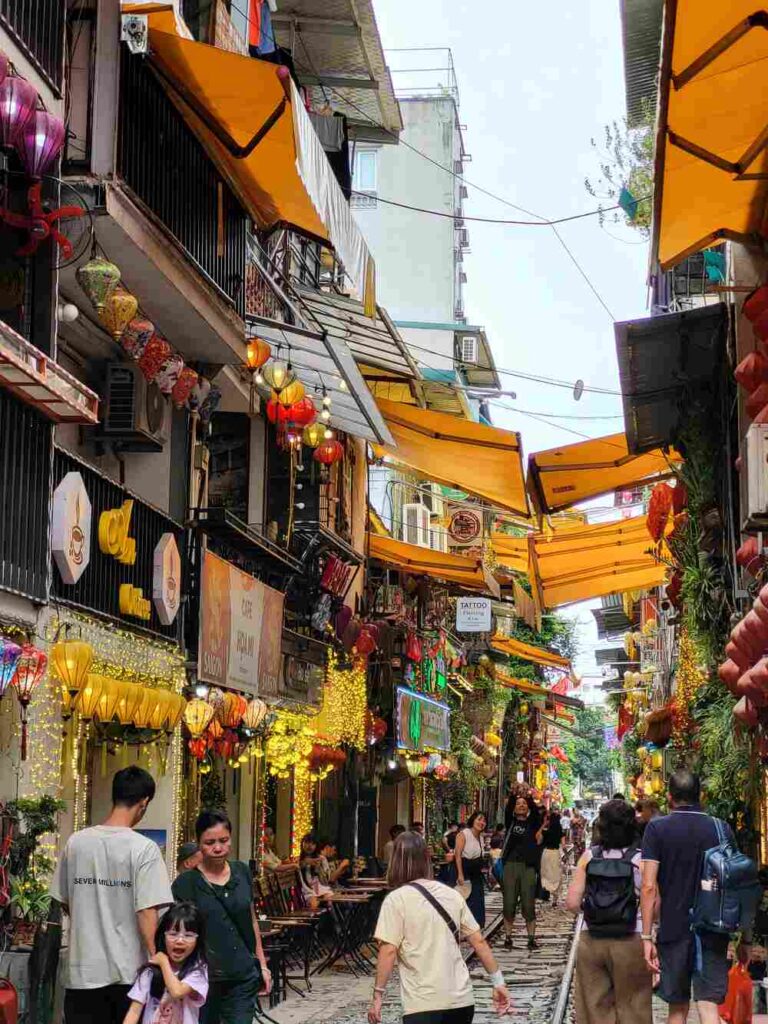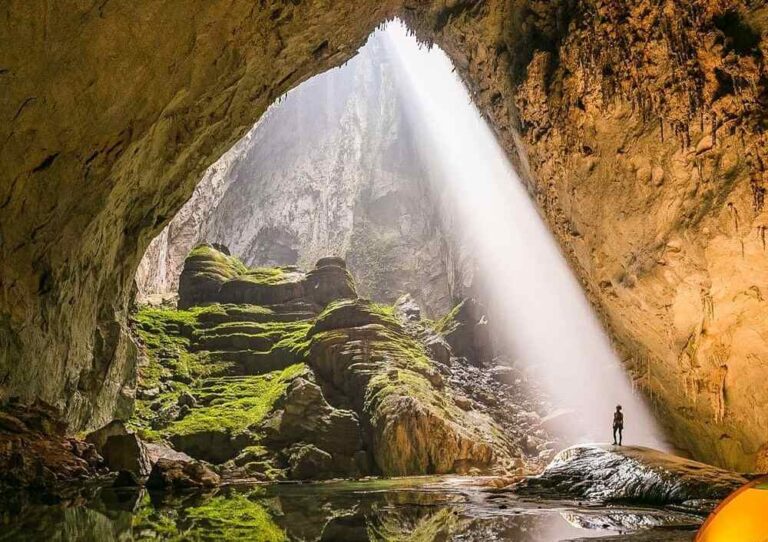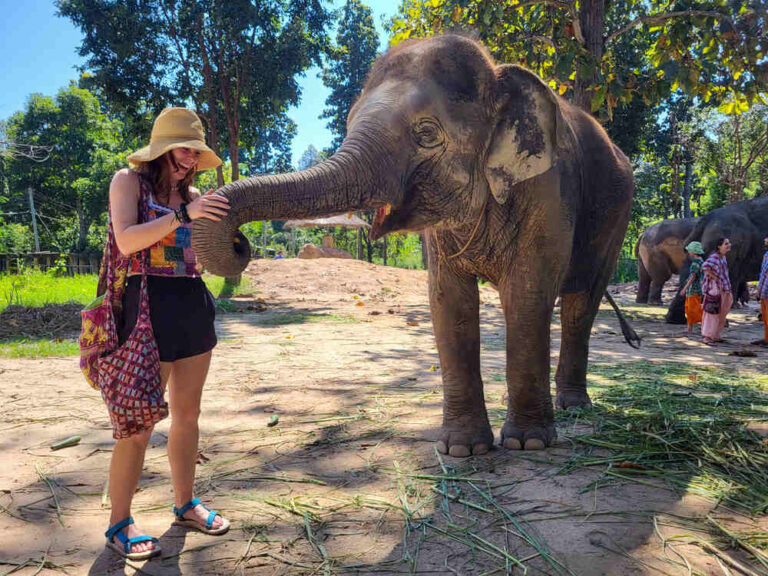Torres Del Paine, Patagonia, is a dream for hiking enthusiasts.
Patagonia is a tourist hotspot for many hiking enthusiasts. However, despite its popularity, many travelers (like myself) have some confusion about how to book or plan out their days there.

At the beginning of 2025, I started my trek in Torres Del Paine. While planning my trip, I wrote down all the questions I had and researched to fully prepare for the hike. Then I recorded my full experience hiking the O Circuit to talk about the trip specifics.
This post, however, will go through all the things I wanted to know before I started my trek, and the common questions for hiking in Torres Del Paine National Park. So if you’re planning your own adventure in Patagonia, specifically Torres Del Paine, I hope this guide helps make your experience as smooth and exciting as possible.

Torres del Paine stats
Now that I’ve completed it, I have plenty of answers to share. Here is some general Torres del Paine information for you:
- Location: Torres del Paine National Park, Chile
- Distance: 73.7 miles / 119 km
- Total Elevation Gain: W-Trek – 8,956 ft / 2,730 meters, O Trek – 16, 309ft / 4,971 meters
- Days to Complete: W-Trek – 3-5 days, O-Trek – 6-11 days
- Difficulty: Challenging
- Best Time to Hike: December-March
- Typical Weather: Unpredictable – high winds, rain, snow and sunburn can all be expected (within one day)
- Hiker Traffic: Moderate (O Trek back half) Heavy (front/W-trek)
- Huts/Cabins/Hotels: Yes – most common on the W
- Cell Service: No
- Wifi: Available for purchase in all campsites and refugios.
General Patagonia questions
I first want to go into some general topics surrounding Torres del Paine.
Patagonia is big, covering multiple regions and two countries. Torres del Paine is just one of many parks around Patagonia.
Where is Patagonia?
Patagonia is a large geographical area stretching over the southern parts of Chile and Argentina.
What are the most popular hikes in Torres Del Paine?
There are many hikes within the Torres del Paine National Park that range in size, distance, and popularity. Of all the trails, the W Trek and the O Circuit are the most popular.
Both treks are amazing multi-day hikes that explore numerous viewpoints throughout the park.
What is the difference between the O Trek and the W Trek in Patagonia?
The O Circuit is like the W Trek’s bigger, more adventurous sibling. While the W Trek is a shorter 3-5 day hike covering 80km that takes you to two famous viewpoints, the O Circuit goes beyond, covering 120km over 6-9 days and taking you deeper into the heart of Torres del Paine for a more immersive experience.

- W trek visits the Torres del Paine’s famous Base Towers viewpoint, French Valley, and Grey Glacier.
- The O Trek covers everything on the W Trek plus the John Garner mountain pass, extra glaciers, up-close mountain views, and more remote areas.
The famous trekking trails are named after the shapes of their paths. From above the W trek looks like a big W and the O Circuit is a loop!
Safety and independence in Torres del Paine
Is Patagonia safe for solo travel?
Absolutely! Patagonia is known for being a safe and welcoming destination. The towns in the Patagonian regions are generally friendly and accommodating to travelers, and the trails are well-marked with plenty of fellow hikers along the way.
As always, it’s important to take standard travel precautions, but overall, Patagonia is a great place!
Is there signal in the park/on the trails?
The Torres del Paine National Park itself doesn’t have cell signal, considering its remote location, but wifi is available for a fee at each camping location across the W and O treks if needed.
What is the best time to go to Torres del Paine?
The best time to hike in Torres del Paine is during Patagonian summer, from December to February. This is when the weather is warmer, and the days are long.
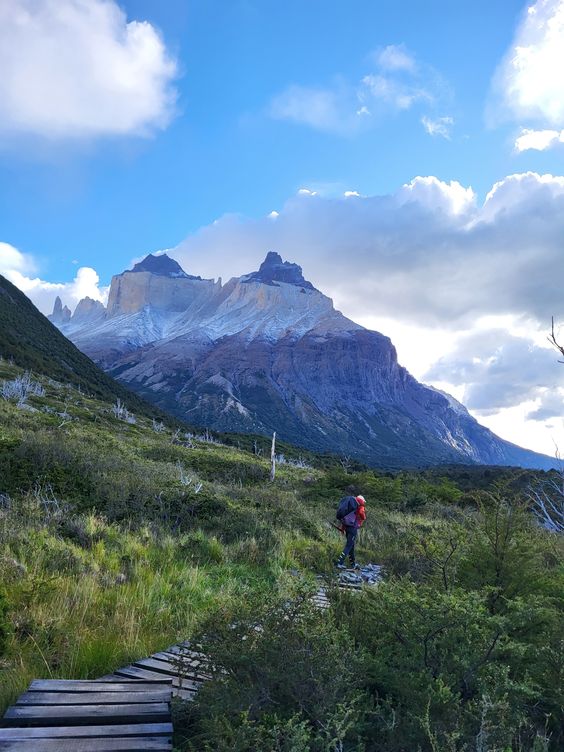
If you prefer fewer crowds and don’t mind cooler temperatures, spring (September to November) and autumn (March to May) are also reasonable. Due to the weather changes, you can see changing colors in nature, but you’ll need to pack extra layers to stay warm.
What is the weather like in Patagonia?
No matter the season, the weather can be pretty unpredictable in Patagonia. Some days you can experience all seasons in one day, from sun to major wind, to sheeting rain, to snow, and back to sun.
Pack for all weather conditions and be ready for constant and fast weather changes as you hike.
Planning your Torres Del Paine Trek
Where are the O and W treks?
Both the O and W treks are located on the Chilean side of Patagonia, in the national park of Torres del Paine.
How long does it take to hike in Torres Del Paine?
The day’s hiking distances and times can vary depending on your choice of campsites and your hiking experience. Shorter days of 10km can take about 4 hours to hike and the longest day is about 17km and averages about 10 hours to hike.
The W Trek
- Distance: 80km
- Length: 3-5 days
- Difficulty: Moderate
The O Circuit
- Distance: 120km
- Length: 6-9 days
- Difficulty: Moderate – Difficult
Distance Between Each Campsite
*Note these are ALL of the sites on the route, but you do not need to stop at all of them. Choose your sites depending on the distances you are comfortable walking.
Exclusively O Trek Sites
Central -> Seron: 15km
Seron -> Dickson: 17km
Dickson -> Los Perros: 10km
Los Perros -> Grey: 16km (difficult day through the pass)
O and W Trek Sites
Grey -> Paine Grande 10km
Paine Grande -> Frances: 10km
Frances -> Cuernos: 2km
Cuernos -> Central: 13km
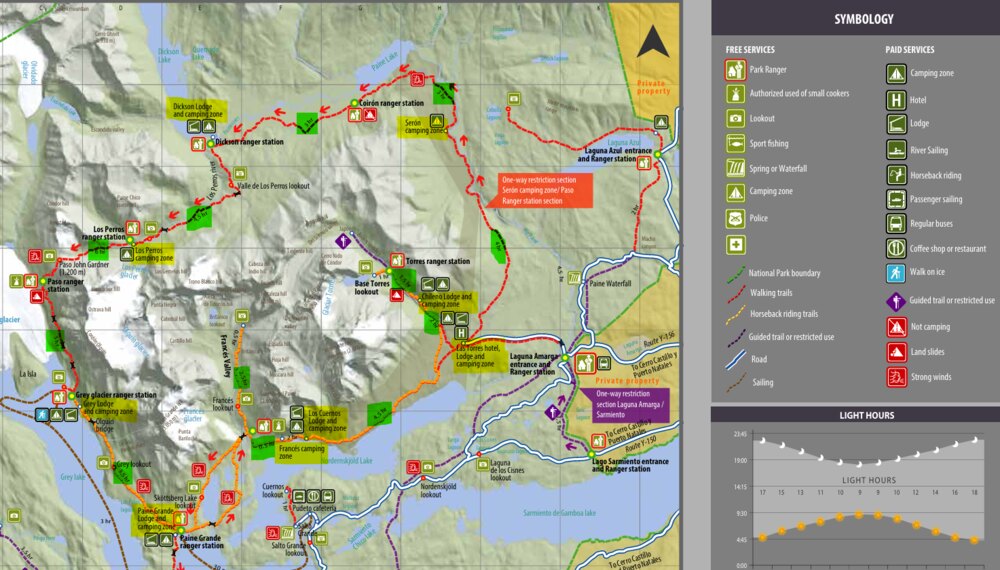
How fit do I have to be to hike in Torres Del Paine?
The whole region of Patagonia is known for its beautiful mountain ranges. With that said, you will be climbing up and down steep hillsides and changing terrain. The hikes require a moderate to higher level of fitness, and you should be prepared to walk 4-8 hours a day with gear for multiple days in a row.
The altitude of the park is not high enough to induce altitude sickness, even on top of the mountains.
Do I need a guide to hike in Torres Del Paine?
No. Although hiking with a company is easier to book, there are many hikers who do this trek solo or in small groups without tours. (Like me)
I used this site https://www.bookingpatagonia.travel/#/ to plan out and book all of my camping sites and rent my gear.
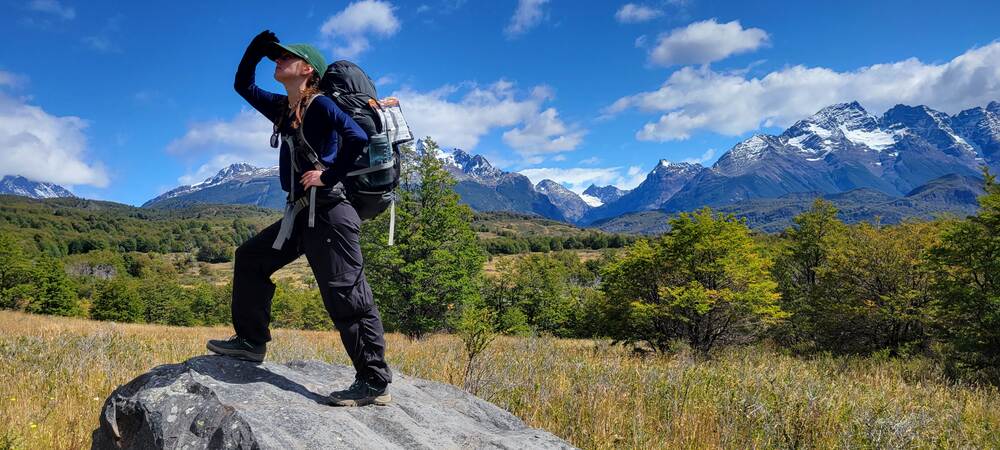
On all parts of this trek, you will meet people on solo journeys and group adventures. It’s important to be comfortable with your choice when hiking considering the national park has some very secluded areas. There’s no need to book with a company, but many options are available if you wish to.
It is smart to book in advance if you are planning to do the O or W trek considering they are popular hiking routes.
How much does hiking cost in Torres del Paine?
The costs of hiking in Patagonia vary depending on the season you choose to go and the number of days you camp in the park. Additionally, you have to consider the costs of camping sites, rentals, shuttles to the park, and the park entrance fees.
On my seven-day self-guided O Circuit trek in February, I spent about $1000 CAD on food, rentals, campsites, permits, and shuttles, all booked separately.
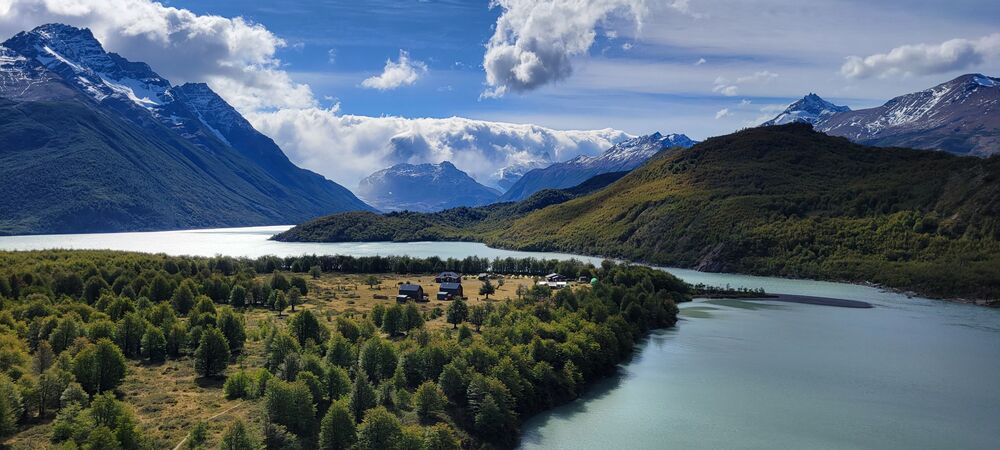
If you book a tour in the park the prices can be higher due to the assistance of booking the sites, the food options offered, and assistance on the hikes. This is also dependent on the treks you choose to book and any extra day hikes you do. (I talk more about tours below)
Where can I rent gear in Torres del Paine?
You can rent tents, sleeping bags, and sleeping mats directly from the park when you book your nights there. Additionally, the surrounding towns like Puerto Natales offer hiking and camping gear rental options everywhere.
Renting Prices from Torres Del Paine Park:
- Sleeping mat: $9/night
- Sleeping bag: $20/night
- Tent: $31/night
Rentals from Puerto Natales
Puerto Natales is the closest town to the park in Chile with many options for rentals. We found this amazing company there called “DayZero” that rents out all the gear you may need for the trek.
DayZero also offers free info sessions before your hike to go through the hiking days, weather conditions, trail obstacles, and day difficulties to expect.
Other company options:
Can I bring my own gear?
Yes, you can. The best way to save money if you are self-guided trekking is to bring your own gear.
Do I need to bring my own food?
At each campsite along the O and W trek, there are food huts, hot water, and restaurants. The food at these spots can be quite expensive and does tend to ruin the camping feel of the trip. However, it is good food and may be worth not having the extra weight of food in your pack.
If you are looking to bring your own food on the trek, you have multiple options.
1. Bring food from home
We brought our food over from Canada. There is a lot of confusion about whether you can bring food over the border, but as long as the food is dehydrated/freeze-dried, in a sealed bag, and in a checked suitcase, it should be fine to bring over.
It is important to declare this food when you land, though!
2. Buy food before the hike
Before heading to Torres del Paine, most travelers stop in the town of Puerto Natales, the main gateway to the park. This is where you can catch a bus to the trailhead and stock up on any last-minute supplies.
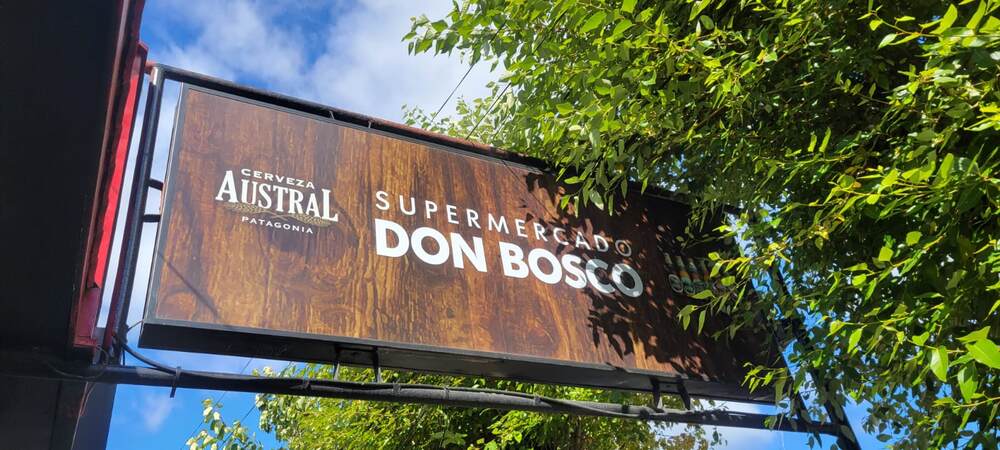
If you’re looking for freeze-dried food and hiking snacks, Don Bosco Supermarket is one of the only places in town that sells them (from what I could find). However, the selection is pretty limited, and prices can be high since many of the items are imported.
If possible, it’s best to bring what you need before arriving in Puerto Natales!

If you do need to buy freeze-dried food, they have one section filled with energy bars, small meals, and fuel for your stove.
Do I need to bring a water filter?
No. The topic of drinking water is popular among hikers, but truth be told, you don’t need a water filter when hiking in Torres del Paine. The water around the park in streams and bodies all comes from the glaciers in the area and is further filtered by the rocks.
Additionally, all the camping sites and refugios have running and drinkable water in all the kitchens for cooking and bottle refills.
Are there toilets on the trails in Torres del Paine?
There are not many toilets along the trails themselves, but there are some ranger stations with outhouses along the trails. It would be best to bring a roll of paper and sanitizer for your walk-in case.
Where should I put my other travel stuff when I’m in Patagonia?
Considering many of the towns around Patagonia are hiking towns, like El Chalten or Puerto Natales, many hotels or hostels will offer luggage storage while you are in the national park.
Booking your Torres del Paine trek
There are multiple ways to experience the Torres del Paine O and W treks. First, you need to decide if you want to go with a self-guided hike and book your own sites/gear, or choose a more guided route with a tour company.
There are pros to each experience, so you really can’t go wrong here. How you wish to do the trek is fully up to you!
Self-Guided hiking in Torres del Paine
Hiking self-guided gives you the freedom to go at your own pace, choose your itinerary, and enjoy the trek on your terms. I planned my own trip with a friend, which allowed us to explore as much as we wanted.
However, I’d only recommend this option if you have solid hiking experience. Patagonia’s trails can be long and demanding!
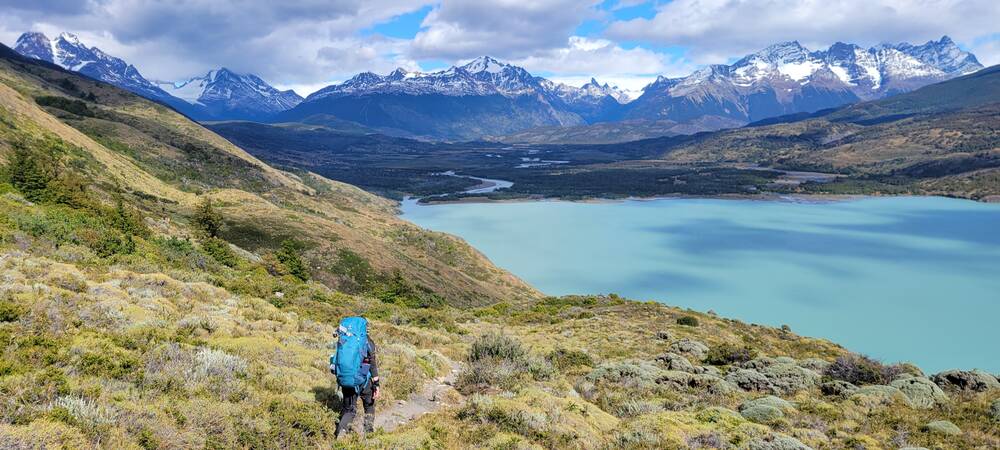
You can book campsites and rental gear directly here. If you prefer, some companies will arrange a self-guided tour for you, handling all bookings so you just have to show up and hike!
Guided Patagonia trekking
A guided tour provides support and structured itineraries. The company you choose often books the sites and gear for you. They will also provide the food and even porters so you can focus on the hike and the scenery rather than the weight and struggles of packing and carrying gear.
What companies should I book with for hiking in Torres del Paine?
There are a number of companies that offer tours through Torres del Paine, all of which have options for the O Trek, the W Trek, or day excursions. These tours will do everything from booking the sites and making your meals to carrying your bags.
Many tour guides are very familiar with Torres del Paine and have a lot of historical knowledge and facts to share which makes the hike all the more interesting in my opinion.
Here are a number of companies you can book the O or the W trek with. Each comes with its own options of hiking support.
- Gadventures – Offers a variety of hiking options on both the O and the W trek.
- Swoop Patagonia: Offers various tours and treks, including the O Circuit.
- Flashpacker Connect: Offers guided treks, including the O Circuit, with highlights like the Grey Glacier and John Gardner Pass.
- Gochile: Offers a 6-day/5-night O Circuit trek and other day activities with a guide and shelters.
- Get your Guide: If you don’t know what particular company to go with, GetYourGuide also has a series of day hikes and smaller options that you can choose from. These options are not specific to certain companies.
What should I pack for my trek?
A hiking packing list is important for your trip preparation. You need to pack for all weather types, considering you can see all seasons in one day while in Patagonia.
Depending on the level of hiking and what trek you are doing, you may need more gear. Here is a general list of important items to bring while hiking in Patagonia:
- Layers: Base layers, insulation, and a waterproof and windproof outer layer.
- Footwear: Comfortable and sturdy hiking boots or shoes.
- Backpack: A comfortable and appropriately sized backpack.
- Hiking poles: These can be helpful for stability and reducing strain on your knees.
- Sun protection: Hat, sunglasses, and sunscreen.
- Rain gear: Waterproof jacket and pants.
- Navigation tools: Map, compass, and GPS device.
- Documents: Passport, PDI paper, reservation documents, cash.
- Camping Gear: Tent, sleeping mat/bag, cooking set.
- Toiletries: Medkit, toothbrush, medications.
- Electronics: Phone, camera, portable chargers.
How to get to Torres del Paine National Park
Torres del Paine is farther south in Chile. There are a few route options to get there, but the easiest and fastest way is to fly.
- Fly from Santiago Airport to Puerto Natales Julio Gallardo Airport.
- Then you can take a bus from the Puerto Natales bus station to Torres del Paine National Park.
- Puerto Natales has multiple bus companies that leave at various times of the day to and from Torres del Paine.
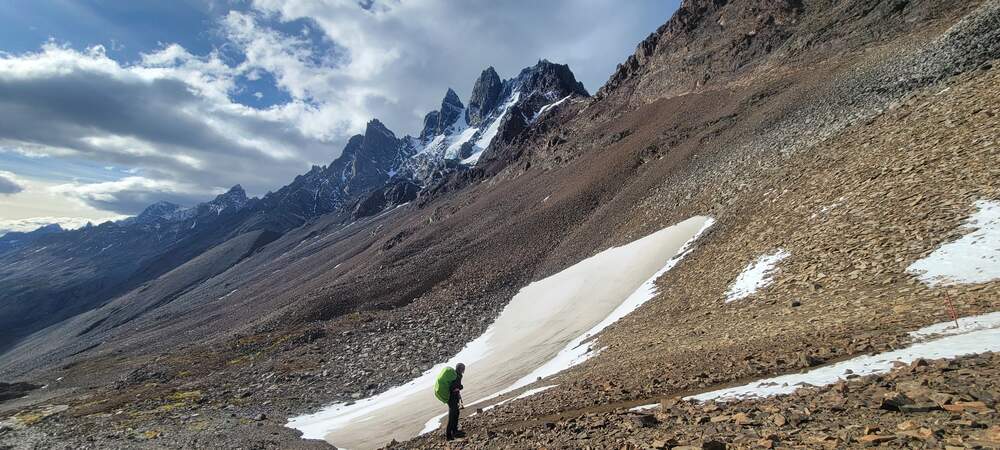
Other activities in Torres del Paine
There is a series of amazing things to see and do besides hiking in the Torres del Paine National Park. If you aren’t one who enjoys a multiday hiking trek, but would still love to see the outdoor beauty of Chilean Patagonia, consider some daytime activities!
- A day trek to the towers – Guided tours right up to the famous Torres del Paine Towers.
- A boat trip on Grey Lake – Sail toward Glacier Grey with fantastic front-row views.
- Day hike on Glacier Grey – An ice hike on and into the giant glacier!
- Kayak on Grey Lake – Kayak through around icebergs and up to the huge glacier wall.
Conclusion
I hope this helped answer some of your biggest questions while planning your hikes in Torres del Paine, Patagonia. The Patagonian region and its hiking trails are absolutely stunning. I’d say these are once-in-a-lifetime hikes, but I plan on going back, and I hope to see you there.

